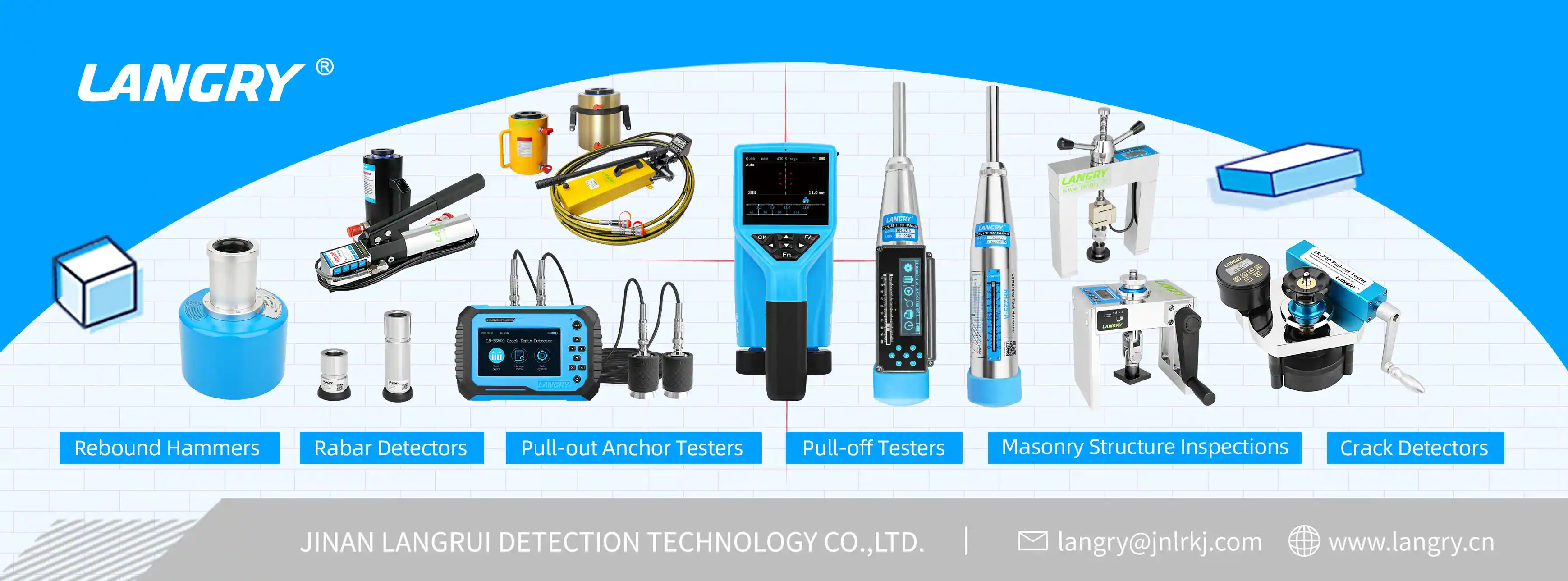Before using the rebound hammer for testing, it needs to undergo calibration. Taking the example of the Type 225 concrete rebound hammer with a nominal energy of 2.207 joules, during calibration, it should be placed on a stable, smooth, and rigid surface. A dedicated 16-kilogram calibration anvil with a Rockwell hardness of 60±2 should be used.
During calibration, the impactor should strike in four directions. Three impacts should be made in each direction (a total of 12 impacts). After the first set of three impacts, the impactor should be rotated 90 degrees before the next set. All 12 calibration values should fall within the range of 80±2 to be considered acceptable.
Please refer to the video explanation for detailed steps:
The average calibration value for all four directions should also be within the 80±2 range to be deemed satisfactory.
When calibrating the digital rebound hammer, the mechanical value and the digital display value should differ by less than or equal to one.
It's worth noting that during calibration, the impactor is rotated in four directions, and it doesn't require the operator to move around the anvil.
If conditions permit, it's advisable to conduct segmented calibrations on lightweight and miniature testing anvil, with calibration values of 60±2 and 40±2, respectively. This ensures accurate readings at various points for the rebound hammer.
For calibration values of other models of rebound hammers and corresponding steel anvils, please refer to the values provided in the table.



Previous: Unveiling the Best: LR-G300 vs LR-G200 - A Steel concrete scanner Showdown
Next: No more